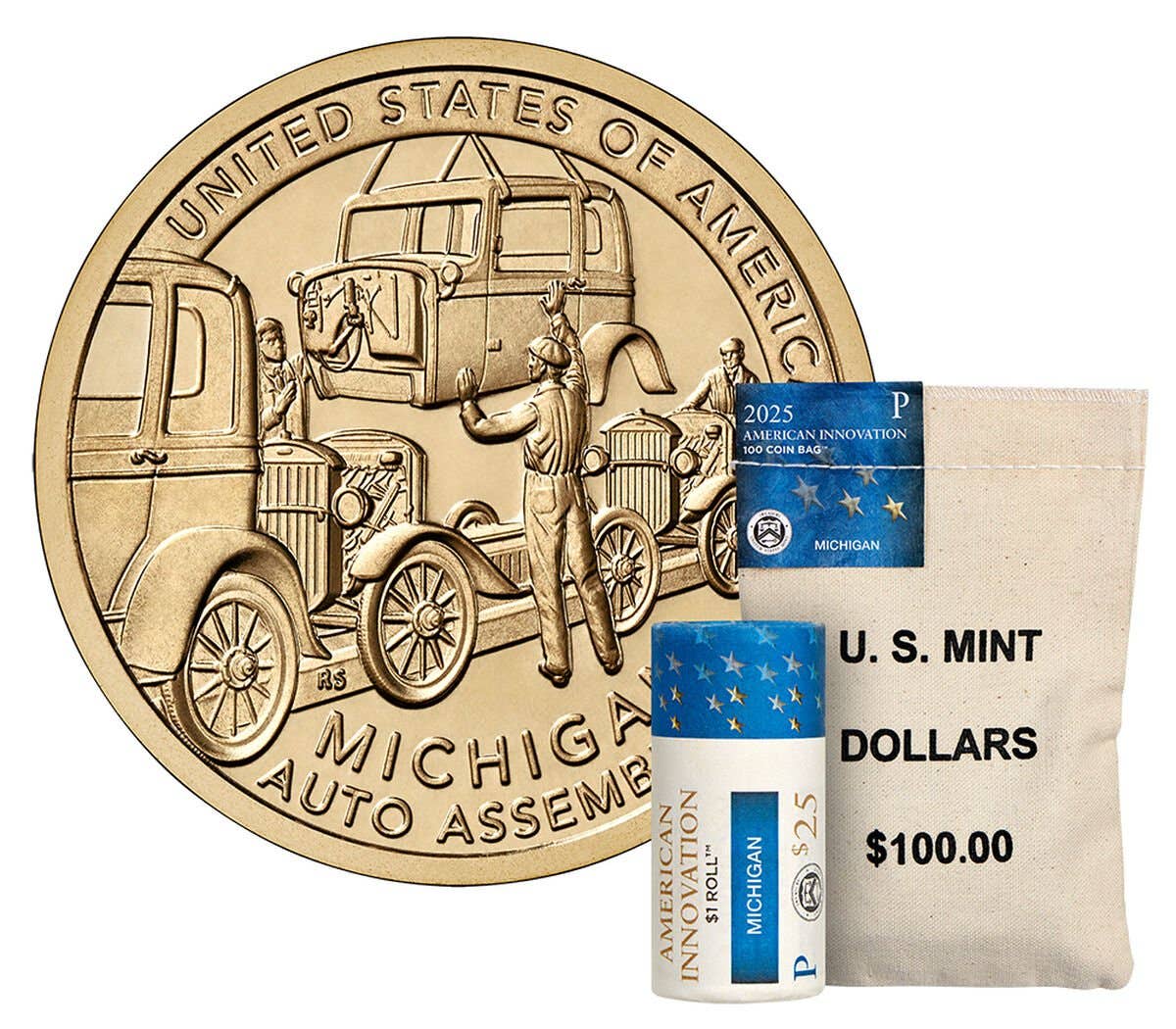U.S. Mint Silver Shortages Explained
Last week’s column about the U.S. Mint’s difficulty in sourcing sufficient physical silver to meet public demand for 2022-dated Morgan and Peace silver dollars and silver Eagle dollars drew a…
Last week’s column about the U.S. Mint’s difficulty in sourcing sufficient physical silver to meet public demand for 2022-dated Morgan and Peace silver dollars and silver Eagle dollars drew a large number of great comments and questions.
Perhaps the most frequent suggestion offered on how the U.S. Mint could obtain sufficient silver would be for it to purchase commodity market (London Bullion Market Association or New York COMEX), hold them to maturity, then request physical delivery of the silver. Absent any additional information, this would seem to be a straightforward solution.
Unfortunately, the ways of the real world keep this from being a practical idea.
When the federal legislation created the gold and silver Eagle coin programs in the mid-1980s, the Mint was directed to first obtain physical metals from American mining operations. If those supplies proved insufficient (and they were, especially for gold), the Mint was allowed to purchase bars off the commodity exchanges by purchasing contracts and holding them to maturity to request delivery. Early on, the U.S. Mint did manufacture their own silver Eagle dollar blanks from the physical silver it received. Annual silver Eagle mintages from 1986 to 2000 ranged from a low of 3,603,386 in 1996 to a high of 11,442,335 in 1987.
At some point, the U.S. Mint stopped acquiring physical silver to prepare their own silver Eagle dollar planchets. Instead, it went to outside planchet suppliers such as Sunshine Minting, Leach & Garner, the Perth Mint and possibly even the Royal Canadian Mint.
After this happened, I had a chance to talk with the U.S. Mint director at the time (I think it was Edmund C. Moy) and asked why the Mint was outsourcing its production of the silver Eagle planchets. He said that the variability in demand from year to year, where during his term as U.S. Mint director from 2006-2011 the uncirculated silver Eagle dollar mintages ranged from 9,028,036 in 2007 to 40,020,000 in 2011, made it difficult to maintain equipment and personnel for high production years but also enable the Mint to trim costs in low-mintage years.
The Mint does not experience such wild swings in public demand for coins struck for circulation purpose or for the numismatic market. In order to economically smooth out Mint operations, it would have had to limit the maximum number of silver Eagle dollars it struck each year, contrary to the U.S. law that specified that the Mint strike sufficient coins “to meet public demand.”
The solution to this dilemma was to outsource planchet production. Thus, the capital, personnel and overhead costs and logistics were someone else’s problems.
These planchet manufacturers signed long-term contracts to supply the U.S. Mint a specified number of blanks, with some wiggle room for times of lower and higher public demand.
The problem with this outsourcing arrangement is that the suppliers to the U.S. Mint also created bullion products sold in competition to the Mint. In times when the U.S. Mint experienced high demand for silver Eagle dollars, the planchet suppliers were also enjoying higher demand for the coins and ingots that they produced for the public. These suppliers enjoyed higher profit margins when selling their own coins and ingots to the market than the margins they made when selling to the U.S. Mint.
These suppliers could purchase commodity contracts to take delivery of physical silver at the spot price. But, in times of high demand, this silver source would not provide adequate silver supplies to fill demand for both their own products and to supply the U.S. Mint.
These suppliers were not restricted by law, as is the U.S. Mint, into only purchasing silver on the basis of commodity market spot prices. Consequently, they can offer to pay prices above “spot” to acquire silver for their own product lines, and pass along these higher prices when they sell these coins and ingots. But, as they absorb the physical silver available on the market at prices above spot, that leaves less metal available at spot price to fulfill U.S. Mint contracts.
Therefore, the U.S. Mint runs the risk of only receiving the minimum amount of silver Eagle dollar planchets from these suppliers as specified in the purchase contracts. Unfortunately, now the Mint does not have the equipment or personnel to again resume acquiring their own silver and once more creating their own planchets in large quantities.
As I understand it, the Mint has been able to negotiate some increase in silver Eagle dollar planchet supplies on the basis of being a major longtime customer of these suppliers. However, these suppliers also have a huge profit incentive to provide the U.S. Mint the minimum number of planchets.
In addition to there being difficulties of the U.S. Mint obtaining sufficient silver Eagle dollar planchets from their suppliers, there is also the difficulty of actually obtaining physical silver upon maturity of commodity contracts.
The New York COMEX allows mature contracts called for delivery of the underlying physical commodity to be settled by one of four different options: 1) delivery of the physical commodity, 2) cash payment instead of the commodity, 3) shares of an exchange traded fund for the equivalent quantity of the commodity, or 4) Exchange for Physical. Exchange for Physical means that the party requesting delivery of the commodity instead receives some cash plus a contract for the same number of ounces of the commodity in the London market.
The last of these used to be considered an option only to be used in an emergency since it was the most expensive way to settle a contract. However, it appears that most settlements in the silver market over the past several years have been by Exchange for Physical. In other words, those hoping to obtain physical silver at spot by purchasing a commodity contract and holding it to maturity either will never get the physical metal or only receive it much longer in the future than the maturity date of the original contract. It is also possible that a commodity market could get so out of order with insufficient metal to deliver against demands for physical delivery (as demonstrated by the nickel commodity market over the past few weeks) that the entire commodity exchange for that commodity could freeze or collapse.
With the information in last week’s column and provided here, you now have a better understanding of the difficulty for the U.S. Mint to acquire sufficient silver to meet demand for its products.








